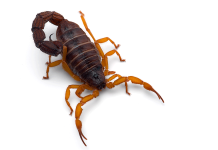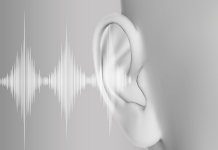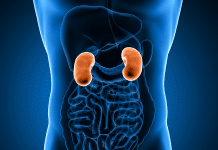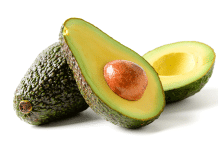Whatever kind of allergy it is, they all begin with same reactions. The signs may arise from an external particle which can either be a pollen or in case of food allergies a food protein, which can be a threat to the human body.
Whenever the body encounters such a foreign particle to which it is allergic, our immune system starts making antibodies known as immunoglobulins E or IgE, which triggers a chain of reactions in the body. it causes the release of histamines which attack the foreign particles. The person may have a skin rash, runny eyes, sneezing as a result of this initial attack within the body against the foreign particles.
Baby Food Allergies

A baby will have an adverse allergic reaction towards any food particle and one can easily notice these. An example of such a reaction includes “Lactose Intolerance” where people who are intolerant to lactose cannot break the sugar in dairy products they use.
Spotting Trouble Signs

A potentially dangerous form of allergy spotted in infants is the reactions from the food allergy. A common example of this can be an infant having loose bowels and even vomiting after eating a particular food. The adverse reactions are the result of expelling that particle from the body.
The adverse reactions may also include narrowing of throat or swelling of lips or face. Among some unusual symptoms, rashes may also occur on the surface of infant’s skin.
However, an intolerance is way different than the allergy. It is associated with more of intestinal troubles than to particular reactions we can see in allergies.
How to Avoid Allergy Troubles?

If your child already has a food allergy you must check the contents of a particular food product that may be new to you. If you find it fine still it is more helpful when starting with small amounts of that food. If you do not feel any symptom of that allergy you may continue with increasing the dose.
Also, when introducing a new food product to your baby, you must see if your baby likes it or not. Wait for a while, if you don’t see any negative reaction from the baby and he really like the taste you can continue with that product. But the quantity of food must also be considered before giving it to the baby.
There should also be a check on the timing of introducing such food to your body. it should be given in the morning so that if you feel any strange symptoms you may have enough time to visit your pediatrician during his practice hours.
90% of these allergic reactions are due to just eight food sources that are unfortunately common enough to be found in foods everywhere. These are as follow:
- Milk
- Egg
- Peanuts and tree nuts
- Fish and Shellfish
- Soy
- wheat
You must check on your babies to see if they are allergic to any of these products. If so, nothing too worrying about. As it can be handled with proper management, avoidance or treatment.
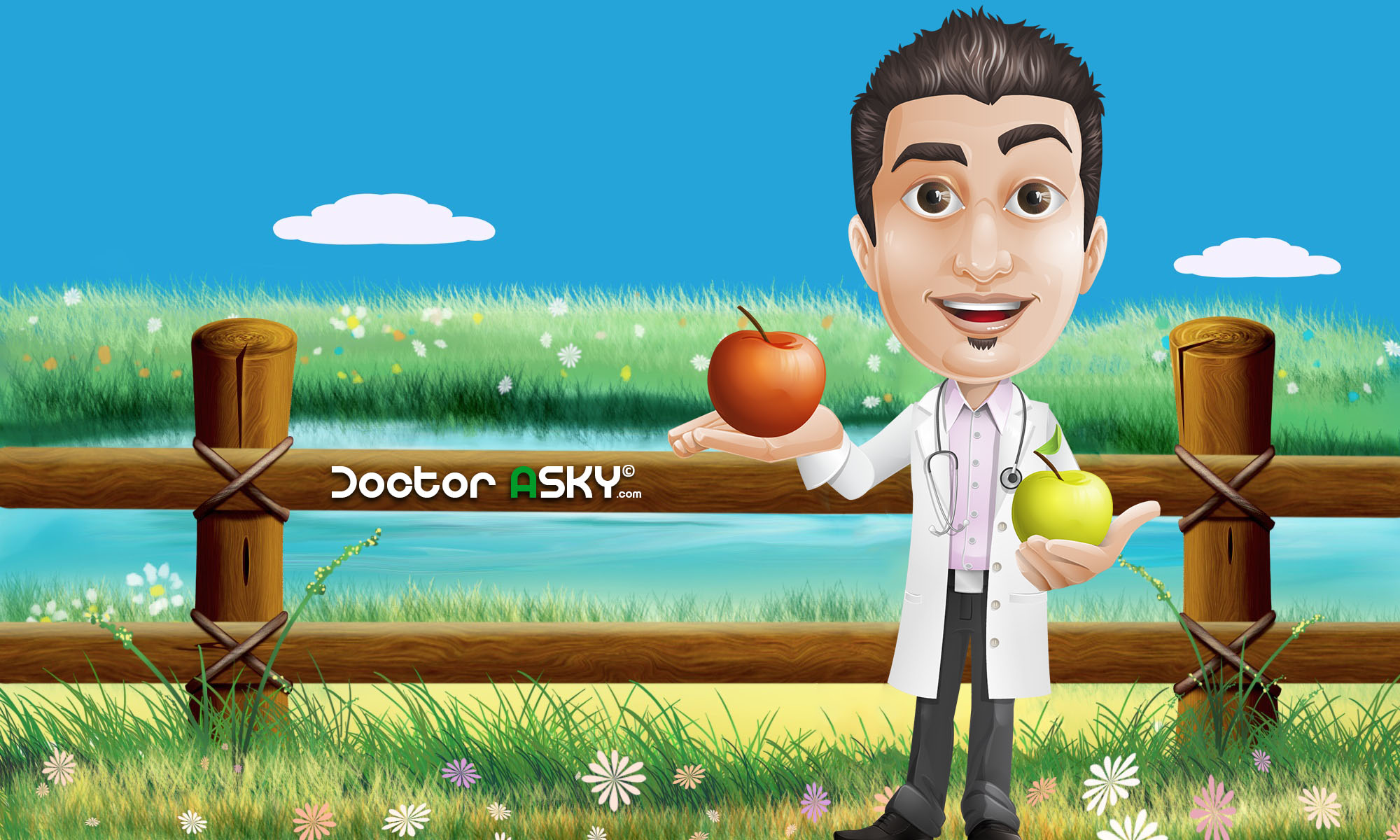
©Doctor ASKY – All Rights Reserved




